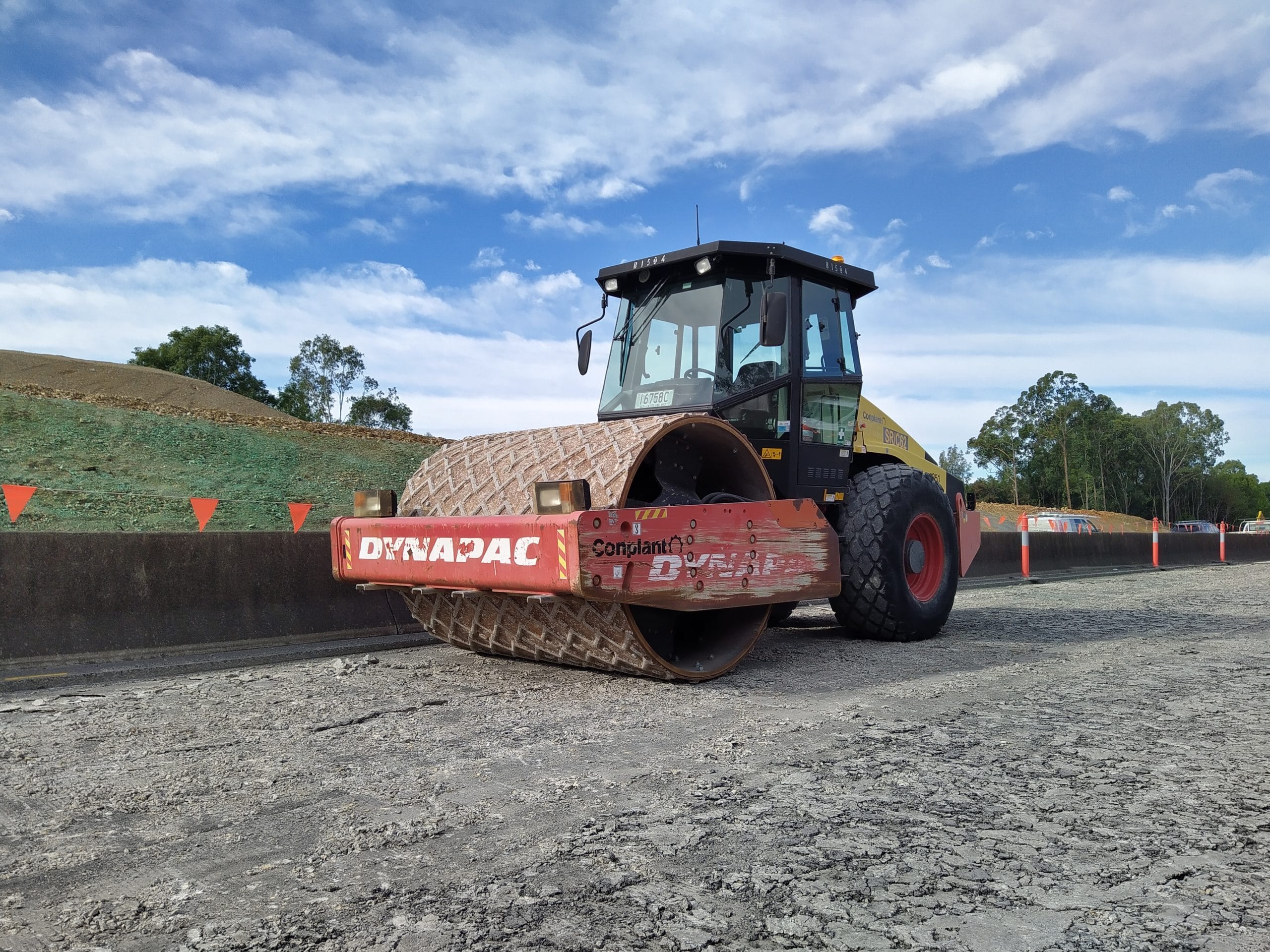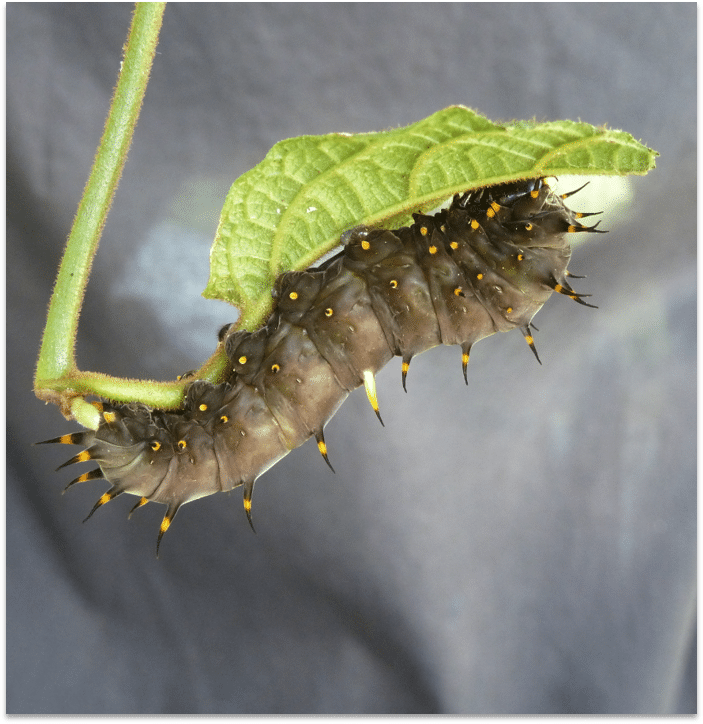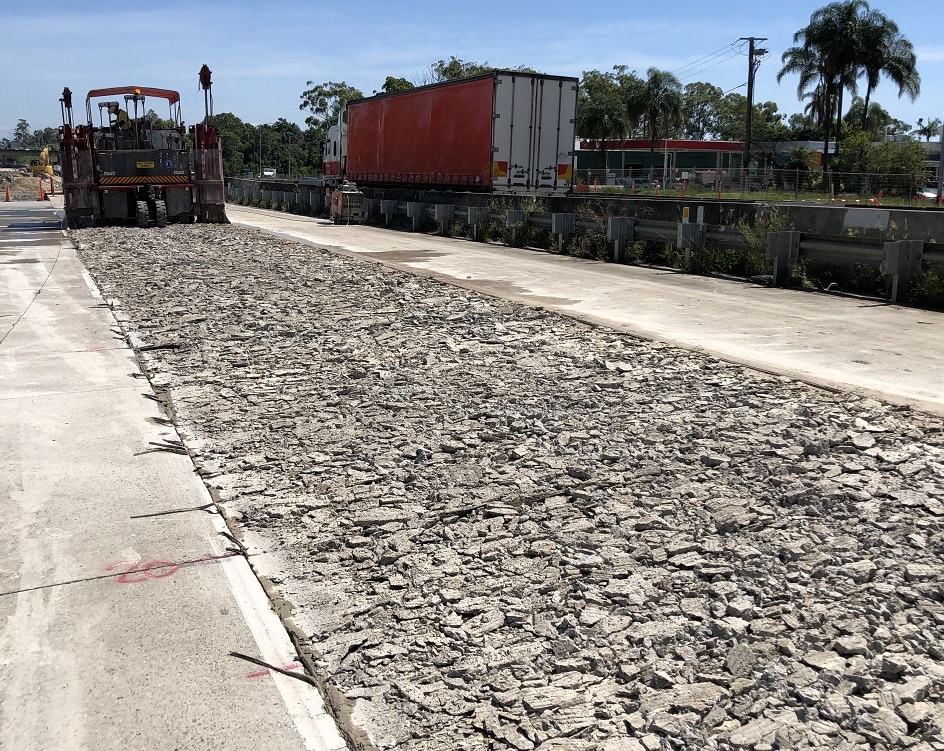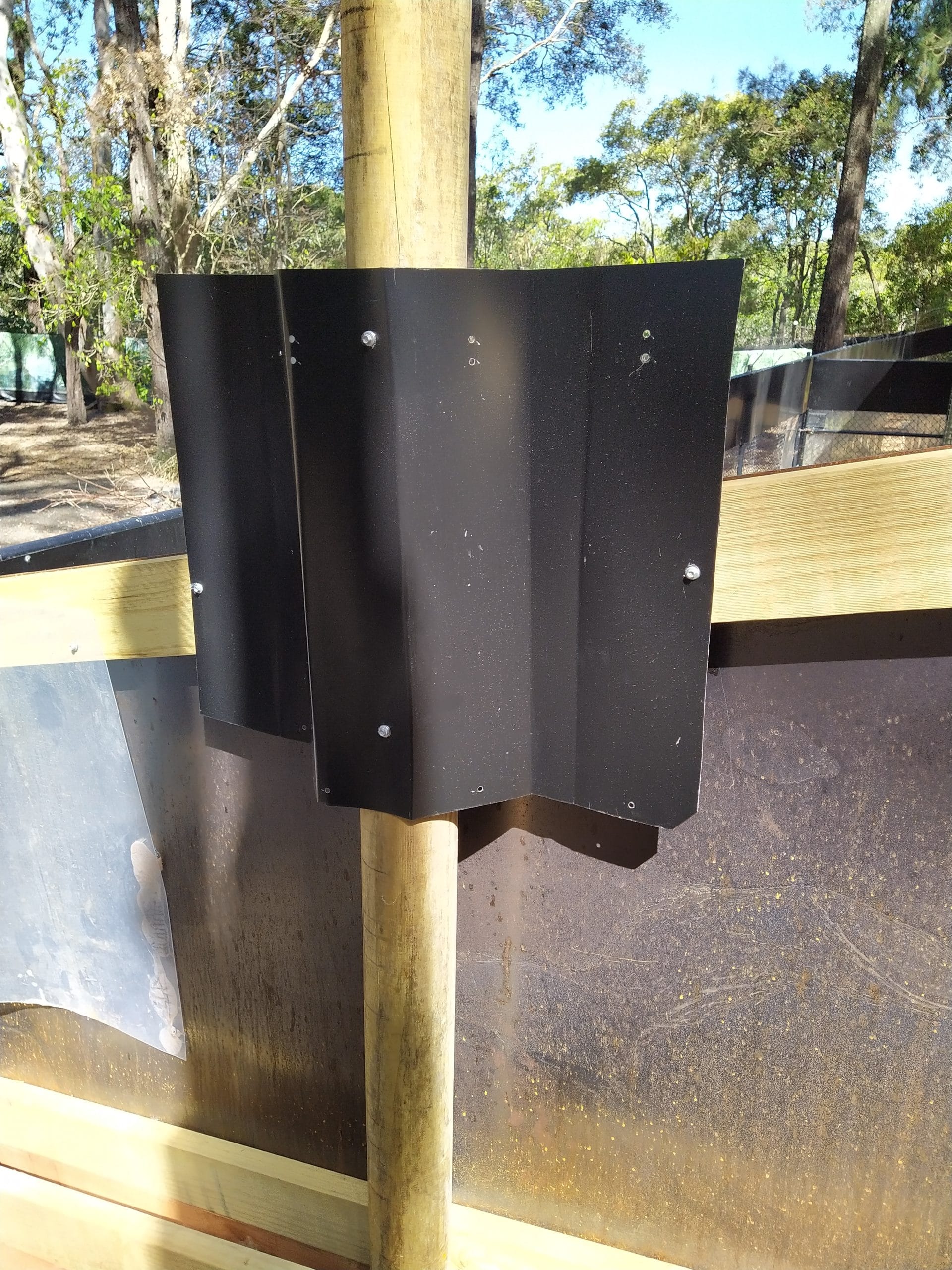Description
The Varsity Lakes to Burleigh package is under the M1 Pacific Motorway Upgrade - Varsity Lakes to Tugun Program
In this 2km section of the overarching Varsity Lakes to Tugun upgrade, the department has:
- widened the M1 to a minimum of 3 lanes in both directions
- extended and relocated the Exit 85 northbound off-ramp by 250m
- added a 4th northbound lane between Burleigh (Exit 87) and Reedy Creek (Exit 85)
- installed a new shared bike and pedestrian path on the western side of the motorway
- constructed a new diverging diamond interchange at Exit 87
- installed smart motorway technologies to help reduce 'stop-start' travel on the motorway
- replaced the existing concrete road surface with stone mastic asphalt for a quieter and easier maintained road surface
- preserved a corridor for a potential future rail extension.
Rating Highlights
| Category | Credits | Achievements/Risks |
| Energy and Carbon | Ene-1: Energy and carbon monitoring and reduction | Achieved Level 2.19 and 7.04 points.
The project has calculated a total GHG emissions reduction of 18% across the infrastructure lifecycle, when compared to the Base Case. Several initiatives contributed to a significant reduction in diesel fuel consumption and associated construction time, including the retention of the existing Reedy Creek Flyover, pavement rubblisation and re-use of site won material (including ACM contaminated material). |
| Materials | Mat-1: Materials lifecycle impact measurement and reduction | Achieved Level 2.14 and 4.59 points.
A 16% reduction in materials usage for the materials lifecycle (when compared to the Base Case) achieved through initiatives including the retention of the existing Reedy Creek Flyover and use of Stone Mastic Asphalt (SMA) and EME2. |
| Ecology | Eco-1: Ecological Value | Achieved Level 3 and 8.04 points.
Significant terrestrial and aquatic ecological enhancements including removal of all weeds from within the road reserve disturbance footprint and replacement with locally indigenous native plant species, planting of 30 endangered Richmond Birdwing Butterfly vines (Pararistilochia praevenosa), host plant for the larvae of the endangered Richmond Birdwing Butterfly (Ornithoptera richmondia) into Jack Ross Park as part of the invertebrate sensitive highway design, Plating of 1,960 Saw sedge (Gahnia clarkei) plants across the site which are the host plant for the larvae of the locally endangered Swordgrass brown butterfly (Tisiphone Abeona) to encourage its re-introduction to the area as part of the invertebrate sensitive highway design and the planting of large areas of suitable habitat for key endangered fauna species and improvement to sensitive waterways, riparian areas and aquatic habitats. |
Verified Innovations
| Name | Verification Date | Innovation Type | Description & Sustainability Benefits | |
| Pavement rubblisation and re-use | 15/12/2023 | | Australian First – Innovative process/method | An innovative concrete pavement re-use method involving pavement rubblisation and crack and seat techniques were considered an Australian First innovation.
This method involves the re-use of existing concrete base in-situ. The sustainability benefits are:
|
| Invertebrate-Sensitive Road Design | 15/12/2023 | | Australian First – Innovative process/method | VL2B was one of the first infrastructure assets in Australia to implement invertebrate conservation within their road designs.
The targeted species include the Richmond Birdwing Butterfly (vulnerable in QLD), the Swordgrass Brown Butterfly (vulnerable in NSW), Spotted Sedge-skipper, Painted Sedge-skipper, as well as several other species that are at risk of local extinction within Gold Coast. The aim of this initiative was to plant flora species that specifically targeted the abovementioned invertebrates to alleviate the adverse impacts from habitat loss and fragmentation on their survivability. The following flora species (or ‘host plants’) that were planted include:
|
| TMR Waste and Recycling Calculator | 15/12/2023 | | Market Transformation | TMR's Waste and Recycling Calculator is a tool which enables projects to determine waste estimates during the pre-construction phases, and to also capture consistent and accurate data during construction.
The intent is to collect the actual data from projects utilising this tool and to:
|
| Culverts with Fish Passage | 15/12/2023 | | State First – Innovative process/method | The project has installed 150mm wide fish passage baffles within the Reedy Creek box culverts to facilitate fish passage.
The project recognised that road and culvert crossings are some of the main barriers to fish migration up and down waterways, and the purpose of this initiative was to prevent habitat fragmentation and therefore ensure that the fish and other aquatic species were able to move within the stream unimpeded. Additionally, monitoring data collected from this initiative will be used to analyse the effectiveness of these types of baffles and hopefully influence future design guidelines and drive continuous improvement, and encourage uptake on other infrastructure projects. |
| TMR Climate Change Risk Assessment | 15/12/2023 | | Market Transformation | TMR developed a Climate Change Risk Assessment Framework to assist with the VL2T program and other future TMR projects to have better climate change adaptation strategies in place.
By attending a Climate Change and Risk Assessment workshop at a program level, the project team was able to develop a M1 North and M1 South Climate Change Risk and Adaptation Assessment Report. This was then created as a template for all future TMR projects to use. It also led to the development of the following technical guidance and templates:
|
| IC-1 Piloting new category or credits (v2.0 Sta) | 15/12/2023 | | IC-1 Piloting new category or credits | - |
Certification Date
| 25/6/2024 |




